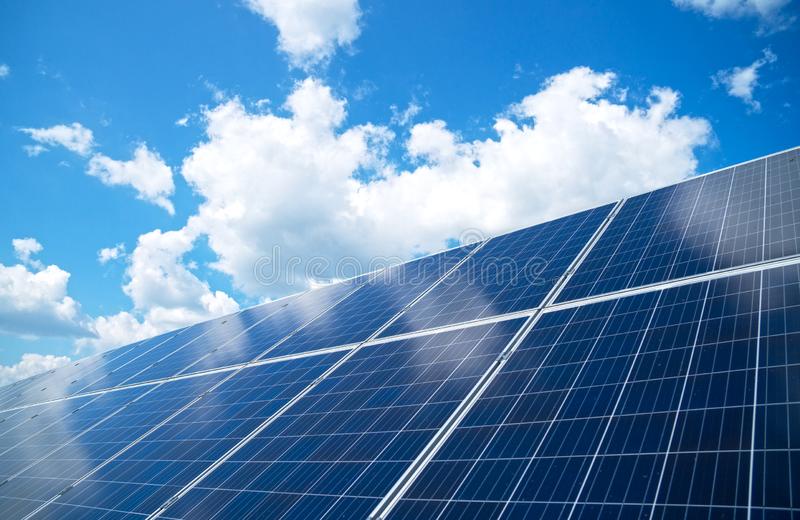Have you ever seen a row of black, neat rows of boards in the countryside? They are 400w solar panels. Converting solar energy into electricity through the use of silicon materials is an emerging renewable energy technology, also known as "photocell" or "solar chip".
Under the background of vigorously developing and utilizing renewable resources and other new resources in the new era, solar power is a relatively common green energy in our country. Solar power generation is divided into photovoltaic power generation and photothermal power generation, the most common is photovoltaic power generation.
Photovoltaic power generation has the characteristics of "easy installation, easy maintenance, low energy consumption, scalable", and photothermal power generation is through the heat collecting system heating medium, using traditional steam power generation equipment for power generation, the structure and working principle is more complex, compared with photovoltaic power generation is easier to be widely developed.
The operation of photovoltaic power generation cannot be separated from the solar panel. The basic structure of the solar panel is mainly composed of electronic components. The solar power supply system is formed by adding controller, battery and inverter to the basic structure.
Common solar panels are basically the use of silicon for energy conversion, from the production method can be divided into monocrystalline silicon and polysilicon. The photoelectric conversion efficiency of monocrystalline silicon solar panel is higher than that of polycrystalline silicon solar panel, and the production cost is larger. The conversion efficiency of polycrystalline silicon solar panels is lower than that of monocrystalline silicon solar panels, but the total production cost is also lower.
In addition, there is another kind of solar panel called amorphous silicon solar panel, whose production method is completely different from that of monocrystalline silicon and polysilicon solar panels. The production process is much simplified, and it can generate electricity even under insufficient lighting conditions, but its conversion efficiency is very low, so it is rarely used.
Specifically, solar panels work by injecting phosphorus into the top layer of silicon through two semiconductor interfaces made of silicon, giving it extra electrons with a negative charge, while adding boron to the bottom layer to give it a positive charge. This increases an electric field in the nodule between the silicon layers. When a photon from sunlight hits an electron, An electric field will push the electron out of the junction between the two pieces of silicon, where a conductive metal plate on the side collects the electron and converts light energy directly into electricity.


No comments yet